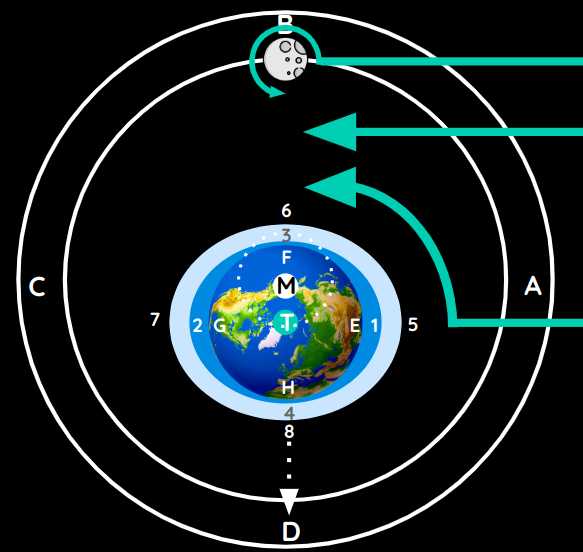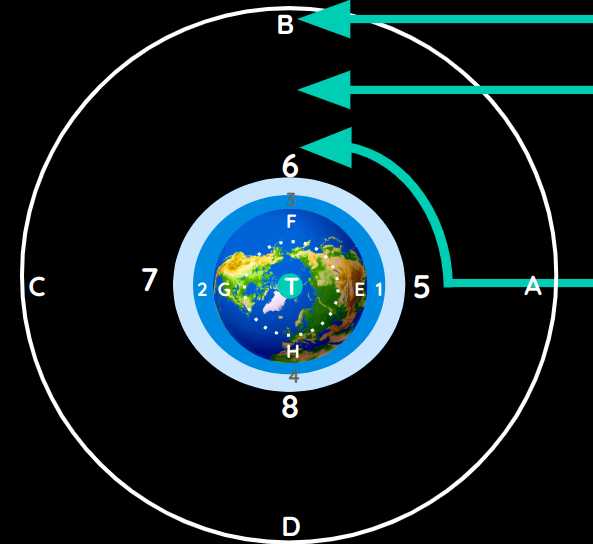The Nature of Water
Table of Contents
48. The nature of water and why it easily turns into air or ice.
Only 2 kinds of particles are found in water:
- Flexible
Individually, the flexible constitutes salt.
- Inflexible
The inflexible makes up fresh water.
I have already discussed all the properties of salt and fresh water in Meteorology.
How well do they cohere with each other?
What is the ratio of:
- the thickness of its particles and the thickness of physical air particles
- the particles themselves and the force of the air-aether globules that move them
When these air-aether globules act a little less than usual, they turn:
- water into ice
- air into water.
But when they act a little more strongly, they turn the thinner flexible water particles into air.
49. The ebb and flow of the sea
I have also explained in the Meteorology the causes of winds, by which the sea is agitated in various irregular ways.
But there remains another regular motion of the sea, by which it rises and falls twice a day in every location, always flowing from east to west.
To explain the cause of this motion, let us imagine a small vortex ABCD with the Earth as its center.
- Along with the Moon, it revolves around the Sun in a larger vortex.
EFGHis the Earth- Point
Tis the center of the Earth - Point
Mis the center of the vortex 1 2 3 4is the sea surface, assumed to cover the Earth everywhere for the sake of clarity5 6 7 8is the surface of the air surrounding the sea

M is the barycenter, while T is the center of the Earth-centerIf there were no Moon in this vortex, T would be at point M.

M is the barycenter, while T is the center of the Earth-center. Without the moon, both M and T would be the sameHow the moon pushes the earth away from the barycenter
But with the Moon present at B, this center T would be between M and D.
This is because the air-aether of this vortex moves faster than either the Moon or the Earth that it carries with it.
The presence of the Moon hinders that air-aether from flowing freely between:
BandTDandT
This is why the air-aether pushes point T:
- farther from
Bwhen the Moon is atB - farther from
Dwhen the Moon is atD
The Earth’s location in this vortex is only determined by the equality of the forces of the surrounding the air-aether.
- And so, it must approach towards
D.
Since the Moon now is at B, then the air-aether flowing at the following spaces are reduced:
- between
BandT - between
TandD
This makes this air-aether flows faster there.
Therefore, it presses more on the surface of air at 6 and 8 and the surface of water at 2 and 4 than if the Moon were outside this diameter BD.
Air and water are fluid bodies that easily yield to pressure. This is why the surface above the Earth at F and H should be less elevated than if the Moon were outside this diameter BD.
Conversely, it should be higher towards G and E, so that the water surface 1, 3, and the air 5, 7 protrude there.